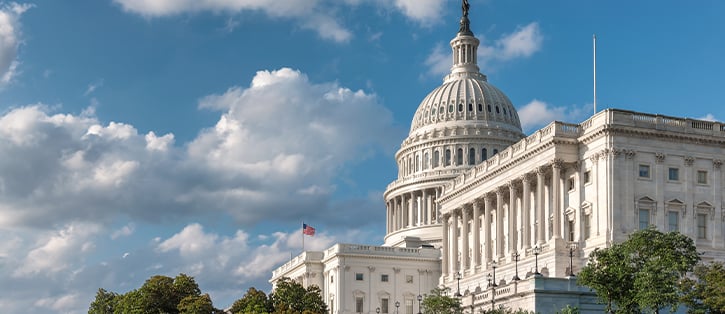
Last month the Trump Administration published a new rule on something called Public Charge. It creates new barriers for immigrants to achieve permanent status in the U.S. with either a green card or citizenship. In effect, the rule states that any non-citizen who might receive benefits through the Supplemental Nutrition Assistance Program (SNAP), housing assistance, or Medicaid may not be admitted to the country or be granted legal status. The determination of an immigrant’s likelihood of requiring assistance in the future is a subjective one, but individuals and families that are not wealthy or secure in their employment on arrival will certainly be at risk.
School meals are explicitly exempt from this rule. However, that doesn’t mean the policy does not spell trouble for school foodservice programs.
How This Affects Foodservice Programs
First is the effect of parents applying for school meals. During my years as a foodservice director, I started summer foodservice programs at four junior high schools in Anaheim, CA that had easy neighborhood access so kids didn’t need to come on campus. Despite the easier access, participation was lacking and I asked my staff why. They said that immigrant families may be hesitant to enter the buildings because they feared immigration services may be waiting for them. While school meals are exempt, our clientele may not understand this and opt-out of the program rather than risk their future in the country.
Second, Direct Certification, and therefore the Community Eligibility Program, are dependent on SNAP enrollment lists. If households are barred from SNAP, direct certification will suffer. The administration says that eligible households can still submit written applications for meal benefits, but the rule may inhibit households who need it most from applying.
What You Can Do
SNA is exploring documentation schools can send to families explaining that school meals are exempt from the rule and families should still apply for meal benefits. It may be worth exploring options with your state association to develop your own communications strategy.
You should also discuss this with your business manager and school board. A considerable amount of funds is distributed to schools based on free & reduced eligibility from both federal and state offers including Title 1 and eRate. If eligibility declines significantly through a drop in Direct Certification or applications, they will be losing money too.
This is just another of the many challenges we face. But keep your eyes focused on our mission, feeding children healthy meals.
As always, feel free to comment on this post with your questions, or contact me by email at barry@sackinassociates.com.
About the author
 Barry Sackin is a school foodservice veteran of more than 35 years. Barry started his career on staff at San Diego Unified School District in 1980. Barry was a director of large districts for several years, at one point overseeing two districts with more than 70 sites and nearly 45,000 students. While serving on the SNA Board of Directors, Barry was asked to join the staff as VP of Public Policy and has since worked on child nutrition policy for the past 20 years.
Barry Sackin is a school foodservice veteran of more than 35 years. Barry started his career on staff at San Diego Unified School District in 1980. Barry was a director of large districts for several years, at one point overseeing two districts with more than 70 sites and nearly 45,000 students. While serving on the SNA Board of Directors, Barry was asked to join the staff as VP of Public Policy and has since worked on child nutrition policy for the past 20 years.








